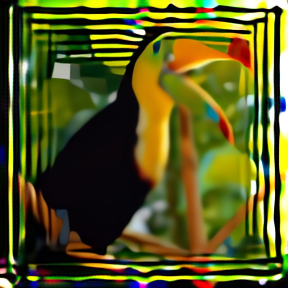You signed in with another tab or window. Reload to refresh your session.You signed out in another tab or window. Reload to refresh your session.You switched accounts on another tab or window. Reload to refresh your session.Dismiss alert
mu=[0,0];
[X,Y]=meshgrid(-10:1:10,-10:1:10);
j = 9;
out_path = 'kernels21/G/';
if isdir(out_path)==0
mkdir(out_path)
end
for i = 0:0
for k = 2.5:0.5:6
sigma = [k i ; i k];
kernal = mvnpdf([X(:) Y(:)],mu,sigma);
k = reshape(kernal, size(X));
save([out_path, int2str(j), '.mat'], 'k')
j = j+1;
end
end
and blur the image with opencv function filter2D and input the generated image and kernel lable to test. But I get results with serious artifacts, examples are as follows
I don't know why it happens.
The text was updated successfully, but these errors were encountered:
Thanks you for replying me. I am still confused that the kernel in code is the real kernel used to super resolve the blur image? If not, how can I get the kernel? Thanks in advance!
I generate the blur kernel with matlab code
and blur the image with opencv function filter2D and input the generated image and kernel lable to test. But I get results with serious artifacts, examples are as follows


I don't know why it happens.
The text was updated successfully, but these errors were encountered: